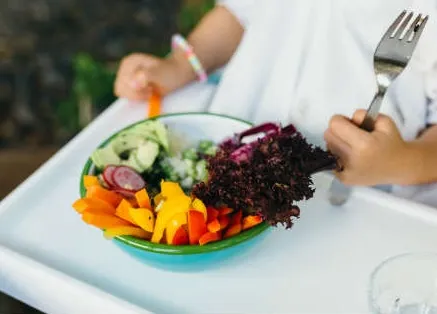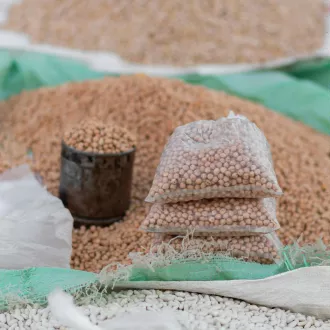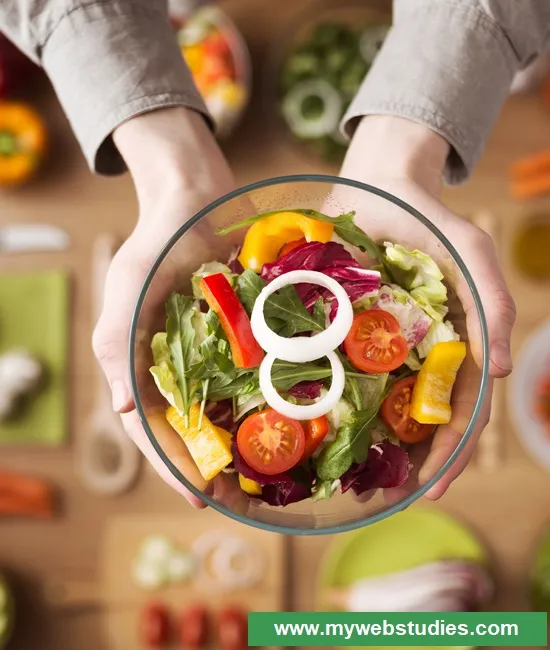Transcription Colors in fruits and vegetables
It is normal that many of us are attracted by the colors present in fruits and vegetables, however, we tend to ignore what these colors represent. The truth is that all these shades are the result of various pigments that interact through chemical and biochemical reactions. The phytonutrients and phytochemicals present in vegetables and fruits provide the characteristic aroma they possess.
As a result of all of the above, vegetables and fruits will present a series of aesthetic elements that will allow them to defend themselves from microbes and animals that try to feed on them. These elements are the result of their chemical composition, therefore this information can be used to know what each of the foods of this type that we introduce in our diet will contribute to us.
Red color: This color is mainly associated to the high presence of antioxidants. These interact in the organism, delaying cell degeneration and working to prevent cardiovascular diseases. Antioxidants are essential to delay the aging process and the diseases associated with it.
Fruits and vegetables of this color can be used in reducing blood pressure, lowering cholesterol levels, improving conditions associated with cardiovascular diseases and acute heart disease, working in the prevention of diseases such as cancer, among others.
Yellow color: Another color very present in fruits and vegetables is yellow. This color is mainly associated with the presence of carotenoids, which, as in red fruits, usually contain high levels of antioxidants. Another element very present in them are usually various types of vitamins that play an important role in strengthening our immune system.
These, like the previous ones, work in our cardiovascular system. They are often used in strengthening the bone structure, helping us to have healthier bones. Another benefit associated with many fruits and vegetables of this color is the improvement of vision.
Green color: Green is probably the most common color in fruits and vegetables, examples of these are lemons, spinach, broccoli, among others.
Among the characteristics associated with foods of this color, we find that they are usually rich in minerals such as magnesium and calcium, and have a high presence of vitamin C. Among other benefits, it is usually associated with the processes of relaxation of the body, reducing the risk of cardiovascular disease, improving cholesterol levels, interaction in the prevention of diseases such as cancer, among others.
Purple color: The purple color, although not so common, is usually seen in some fruits such as grapes or some vegetables such as beets. This characteristic color is associated with various benefits in the urinary system.
They usually have compounds that interact in the prevention of diseases such as cancer, help fight cell aging, work to reduce cholesterol, i
colors fruits vegetables






